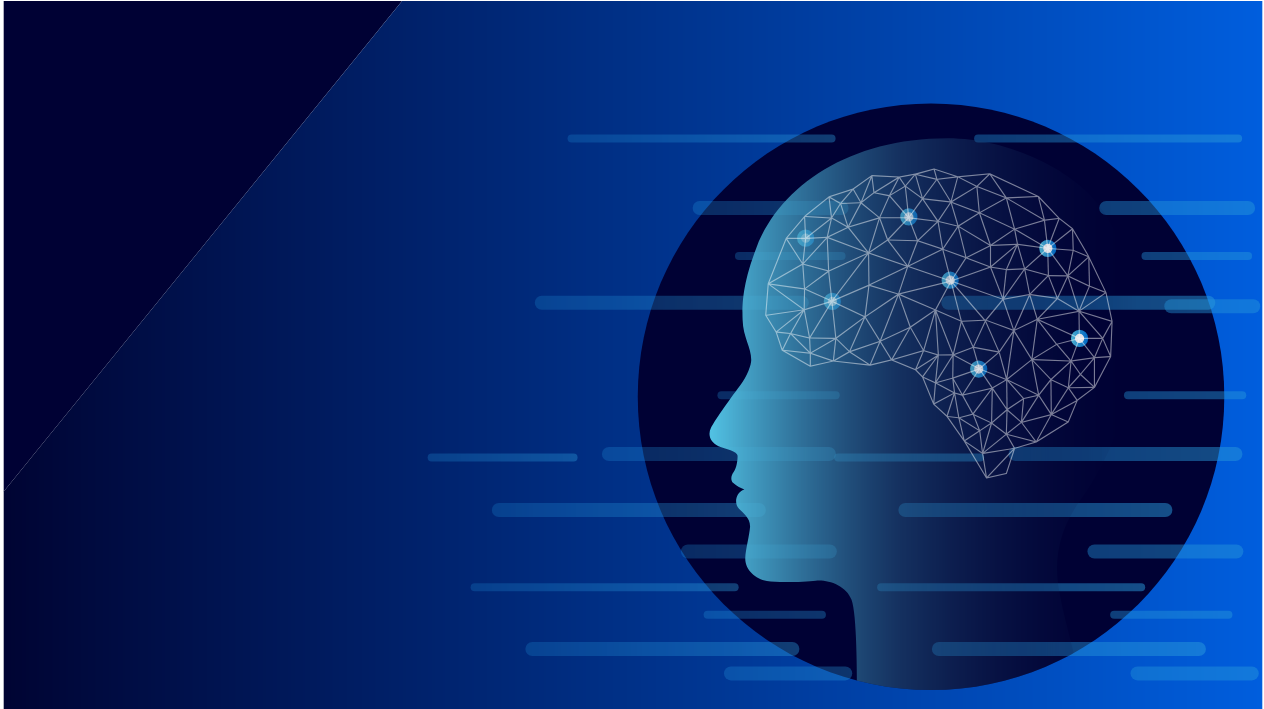Predictive analytics is a data-driven method that includes analysing historical and real-time data to detect trends and make predictions about future events or outcomes using machine learning algorithms and statistical models. In recent years, the use of AI in predictive analytics has grown in importance, notably in the domains of business, finance, and marketing. In this article, we will look at the numerous uses of AI in predictive analytics in these sectors, as well as the advantages of doing so.
Business:
AI has transformed the way firms do predictive analytics. It offers complex algorithms and machine learning models that can analyse massive volumes of data in real time, discover patterns and trends, and forecast future events or behaviours. Businesses may now receive insights using AI-powered predictive analytics that were previously difficult to achieve using conventional analytics methodologies.
- The capacity of AI to handle big and complicated data sets is one of its primary benefits in predictive analytics. Businesses need modern tools to analyse and handle data rapidly and correctly as the amount and diversity of data grows. AI algorithms may analyse data from a variety of sources, including social media, IoT devices, and consumer interactions, to deliver previously unattainable insights.
- AI’s capacity to learn and adapt to new data is another benefit in predictive analytics. AI models may analyse data continually and learn from fresh inputs to increase accuracy and generate better predictions. This implies that companies can keep ahead of trends and adjust to changing market circumstances faster.
- AI-powered predictive analytics may also discover abnormalities and detect probable fraud. Data may be analysed by AI models to find trends that are inconsistent with regular behaviour and flag them as possible fraud. This assists companies in preventing fraud and saving them from major losses.
- Predictive analytics enabled by AI may also boost consumer engagement and satisfaction. Businesses may obtain insights into client preferences, behaviour, and requirements by analysing customer data. This allows them to make personalised suggestions and offers to clients, which leads to increased customer happiness and loyalty.
- Furthermore, AI-powered predictive analytics may assist firms in optimising their processes and increasing productivity. Businesses may discover bottlenecks and inefficiencies in their operations and take remedial steps to increase efficiency and decrease costs by analysing data from multiple sources.
- AI-powered predictive analytics has several applications and may be used in a variety of sectors. In healthcare, for example, AI may be used to analyse patient data and forecast the chance of getting certain illnesses. This allows healthcare practitioners to conduct early treatments and avoid illness development.
- AI may be used in the banking sector to analyse client data and anticipate the possibility of default or fraud. This may assist financial firms in reducing risks and avoiding financial losses.
- AI may be used in the retail business to analyse client data and forecast purchase behaviour. This allows merchants to give consumers with personalised suggestions and offers, resulting in higher sales and customer loyalty.
Finance:
Artificial intelligence (AI) is becoming more significant in predictive analytics, notably in the financial sector. Here are some examples of AI uses in finance predictive analytics:
Fraud detection: Artificial intelligence systems can analyse enormous amounts of financial data to uncover trends and anomalies that suggest fraudulent conduct. This assists financial organisations in detecting probable fraudulent transactions before they take place.
Credit risk assessment: AI can forecast loan default based on criteria such as credit history, income, and employment data. This enables banks and other financial institutions to more properly analyse credit risk and make educated lending choices.
Investment management: AI algorithms can forecast future market movements by analysing market patterns and previous data. This may assist investment managers make better investment choices and optimise their portfolios.
Customer analytics: Artificial intelligence (AI) may be used to analyse customer data and forecast their behaviour, preferences, and requirements. This enables financial companies to better understand their consumers and provide tailored financial goods and services.
Compliance monitoring: AI algorithms may be used to monitor financial transactions for regulatory compliance. This assists financial organisations in detecting and avoiding possiblpredictive analyticse infractions before they occur.
Overall, the application of AI in finance predictive analytics is assisting financial organisations in making better choices, reducing risk, and improving client happiness.
Marketing
Customer segmentation is one use of AI in predictive analytics for marketing. Customer data may be analysed by AI algorithms to identify various groups based on demographics, behaviour, and preferences. This data may assist firms in developing customised marketing initiatives that connect with certain demographics and enhance engagement.
Lead scoring is another use in which AI algorithms analyse customer data to identify individuals who are most likely to convert into paying customers. This data might assist organisations in prioritising their sales efforts and increasing conversion rates.
AI may also be used for predictive content marketing, in which it analyses consumer data to forecast the sort of material that would appeal to various demographics. This data may assist organisations in creating more personalised and effective content that increases engagement and conversion.
AI is important in predictive analytics for marketing. Businesses may obtain insights into consumer behaviour, preferences, and trends by employing AI algorithms, enabling them to make data-driven choices and enhance results.
Benefits:
There are various advantages to employing AI-powered predictive analytics solutions in business, finance, and marketing. These technologies may assist businesses in making better informed choices, identifying possible risks and opportunities, and optimising processes.
Companies, for example, may use AI-powered predictive analytics to minimise customer attrition, optimise pricing tactics, and enhance supply chain operations. Financial institutions may detect possible hazards in their portfolios and use proactive risk-mitigation procedures. To boost consumer engagement and loyalty, marketing firms may discover the most efficient marketing channels for reaching their target population and personalise their message.
Conclusion
Finally, the use of AI in predictive analytics is growing in importance in the sectors of business, finance, and marketing. These technologies may assist businesses in analysing massive amounts of data to uncover patterns and trends that will allow them to make better choices, identify possible risks and opportunities, and optimise their operations. As the amount of data grows, the value of AI-powered will only expand, making it a must-have tool for organisations wanting to gain a competitive advantage in today’s data-driven world.









